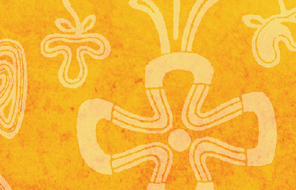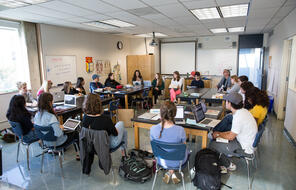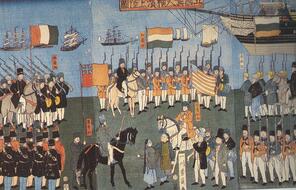1839-1842: First Opium (First Anglo-Chinese) War. Treaty of Nanking signed (1842) ending the First Opium War. China to pay large indemnity and extraterritoriality and most favored nation principle established in China
1856-1860: The Second Opium (Anglo-Chinese)War. Convention of Peking signed ending the war, opening eleven more Chinese cities to foreign trade, freedom of religion now allowed in China, legalized opium, Britain, France, Russia and U.S. est. diplomatic legations in Peking, foreign commercial vessels allowed on Yangtze and the right of foreigners to travel throughout China.
1850-1864: Taiping Rebellion-most deadliest civil rebellion to date. Approximately 20 million killed.
1861: Tongzhi reign. Rise of power of Empress Dowager Cixi.
1882: Chinese Exclusion Act passed in the United States severely limiting immigration.
1884-1885: China defeated in war with France. Establishment of French Indo-China.
1894-1895: Sino-Japanese War. China defeated. Treaty of Shimonoseki signed.
1895-1900: Establishment of concessions in Shanghai and other coastal cities.
1900: Boxer Siege (Boxer Rebellion) of Beijing; lifted by eight allied armies. A year later Boxer Protocol signed.
1905: Sun Yat-sen establishes the Revolutionary Alliance, precursor to GMD (Guómindӑng-Nationalist Party). Abolition of the civil service examination.
1911: The First People’s Republic of China Proclaimed, fall of the Manchu Qing Dynasty (founded in 1644.)
1912: Sun inaugurated as first president of Republic of China (ROC). He abdicates.
1914: World War I begins. China is allied with United States and Great Britain.
1915: Yuan Shikai (Sun’s successor as President) negotiates Japan’s Twenty-one Demands.
1915: New Youth magazine launched, New Culture movement begins .
1916-1926: Warlord period.
1919: Treaty of Versailles signed – Shandong in dispute.
1919: May 4th Movement (student-led anti-Japanese, anti-warlord, multi-class movement) Sparked in protest to China’s treatment at Versailles.
1921: Founding of the Chinese Communist Party (CCP) in Shanghai.
1926-1927: First United Front alliance between Nationalists and CCP.
1924: Johnson-Reed Immigration Act excluding all immigration from Asia.
1925: Sun Yat-sen dies; May 30th Movement begins (multi-class, anti-imperialist struggle.)
1926-1927: Northern Expedition (anti-warlord military campaign) begins. Led by General Chiang Kai-shek reunifies China under Nationalist government.
1927: Nationalists launch anti-communist purge. Nanjing Decade begins.
1931: Japanese expansion in Manchuria (Mukden Incident.)
1934: Chiang Kai-shek’s New Life Movement begins.
1934: Long March Communist headquarters in Yenan under leadership of Mao Zedong (1893-1976.)
1936: Xian Incident (Chiang Kai-shek kidnapped until he agrees to ally with CCP.)
July 7, 1937: Marco Polo Bridge Incident in China initiates invasion of mainland China. Battle of Shanghai follows from mid August-November followed by the occupation of Beijing and the then capital city, Nanjing.
December 13, 1937: Nanjing occupied. Height of mass violence lasts until February 1938. Nanjing remains an occupied city throughout World War II in China.
1937-1945: Span of World War II in mainland Asia.
1938: Chiang Kai-shek moves capital to Chungking in early 1938.
1939: Outbreak of World War II in Europe.
1941: U.S. enters war after Imperial Army attack on Pearl Harbor-December 7th.
1945: Soviet Union enters war against Japan (August 9th) invading Manchuria. First atomic bomb dropped on Hiroshima (August 7th) and Nagasaki (August 9th.) Japan surrenders August 15, 1945. End of World War II in Asia.
1946: International Military Tribunal for the Far East, or the Tokyo Trials begins. The United States occupies Japan under provisions of surrender. Nanjing War Crimes Tribunal also begins.
1945-1949: Civil War between Nationalists and Communists
1949: People’s Republic of China begins 1
- 1This timeline is not comprehensive but dates and events selected align with the content explored in Facing History & Ourselves’ The Nanjing Atrocities: Crimes of War. Adapted from Jeffrey N. Wasserstrom, Twentieth century China: New Approaches, (Oxford: Oxford University Press, 2013) p. xiv; Sources of Chinese Tradition, Volume II, Compiled by WM. Theodore De Bary, Wing-Tsit Chan and Chester Tan, (New York: Columbia University Press, 1960) p. xii-xii and China – Timeline of Historical Periods, accessed January 9, 2014.











